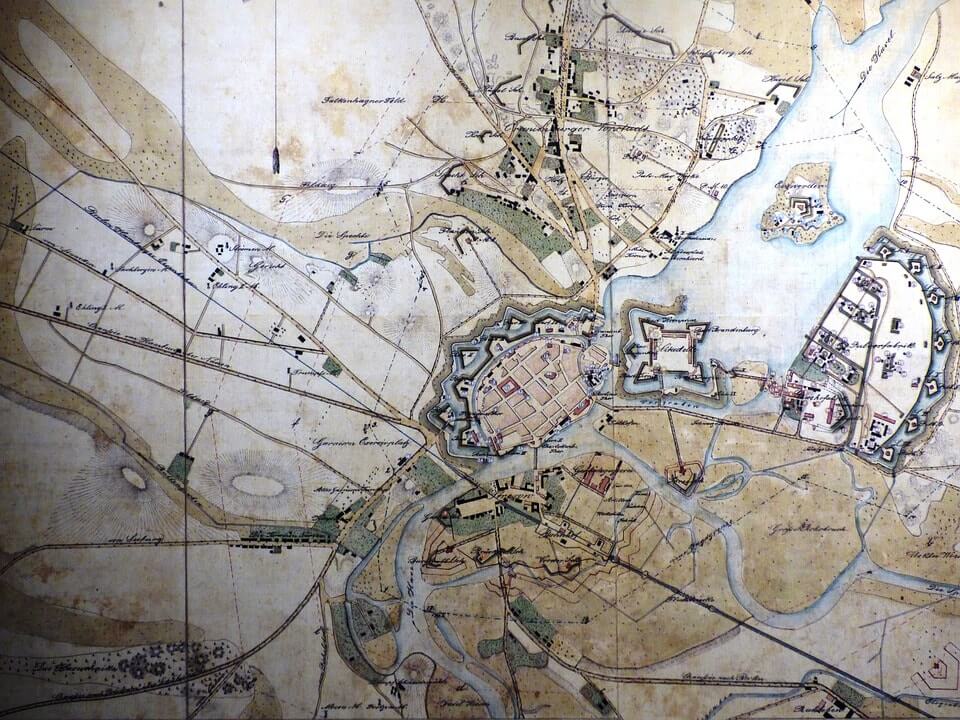Almost 4 Centuries old, construction began in the year 1633 and was completed by 1634. Although very civil in its nature the structure had many military under tones. Named after Miguel de Noronha, the 44th Governor of Portuguese India and 23rd Viceroy of India (1629 to 1635), this structure served as an essential life line between two areas.
‘Ponte Conde de Linhares’ 3.2 kms long connects the city of Panjim to the Town of Ribandar. Jesuits from the College of St. Paul (College de São Paulo) designed and built the breakwater. The responsibility of its maintenance and upkeep was entrusted to the Municipal Chamber of the Panjim City.
The Causeway was built on alluvial soil stabilized by using trunks of Iliadola briformis (Benth), a tree locally known as Zambo or jam bo. The superstructure was built using Laterite stone, which is locally available.
Why was it built?
There was a considerable threat to the Portuguese interest in this period from the Dutch, who, while gaining ground in Asia were challenging the Portuguese supremacy at the sea as well. No wonder, many public works were undertaken by Miguel de Noronha to counter this threat specially repairing or renovating defensive structure.
The main reason for constructing the causeway can be understood to be the speedy transport of troops during the crisis situation.
Although designed to accommodate light traffic (E.g. wagons), it is surprising that it has been able to take the load of motor vehicles over these years. But due to the increasing traffic the causeway did suffer some damage, which was repaired in the recent years.
The Goa Government has decided to construct a parallel bridge next to the causeway for the vehicular movement while the causeway will be promoted as a heritage structure. Open for tourists and locals alike.
Written by Shailesh Shriram Tanpure


